Since the shocking election of Donald Trump for president, many engaged citizens on both the right and the left have been worried about what kind of cabinet he will appoint. The President’s cabinet members are their most trusted confidants in conducting policy. The very word “cabinet” comes from the Italian word “cabinetto” which means “a small private room.” The first president to use the term “cabinet” was James Madison when he described the inner workings of the presidency as a “cabinet.” As Mr. Trump’s presidency becomes clearer, it is ever evident that he will be taking this notion of a “private small room” to the fullest extent. But just where did this idea of a cabinet come from?
Firstly, the cabinet of the president is not explicitly defined in the constitution. Rather, the central authority of the cabinet comes from Article 2; Section 2 of the Constitution which states that the president “… may require the opinion, in writing, of the principal officer in each of the executive departments, upon any subject relating to the duties of their respective offices”. The Constitution does not specify the number of executive positions that can be held which is expected given that the Constitution is living document subject to amendment. Additionally, since the cabinet is not explicitly defined in the constitution, it is considered to be an amendment by custom rather than Congress.
The first cabinet was ironically established by our very first president, George Washington. However, his cabinet was much smaller than anything today. Many of our founding fathers were part of the first cabinet; Thomas Jefferson held the position of Secretary of State, Alexander Hamilton as Treasury Secretary, Henry Knox as Secretary of War (or defense today), and Edmund Randolph as Attorney General. Some of the most influential people involved in founding our nation were in the first cabinet, and many that serve in the president’s cabinet are typically destined to stay in politics for the rest of their professional life. Ironically, there was a lot of infighting within the first presidential cabinet over the establishment of a national bank where Jefferson and Hamilton vigorously argued over its existence. Many fear that this infighting will be persistent in a Trump presidency given the vast array of appointees he ahs made thus far.
Today, Cabinet Secretaries are chosen by the President themselves and then approved by the Senate. Although not every cabinet position has to be approved, (about 1,100/4,000 total positions the president is responsible for) the most important positions have to be approved, and their only restriction is that they cannot hold a secretary position and a congressional seat. Today, cabinet members are paid rather healthily wth a salary of $205,700.
Cabinet secretaries do not have term limits, but rather they serve so long as the president that appointed them is in office. Executive secretaries answer to no one except the president and therefore can only be fired by the president. As expected, they are supposed to resign when their president’s term is up.
Cabinet members have typically been those who are extremely familiar with politics. They are often former governors, senators, and congressman, however, Trump has already flipped that script. Much like Reagan in 1980, he has been filling his cabinet with military experts and private sector Wall Street gurus. Some people like this change of pace, saying that this is just Trump “draining the swamp.” Others have been critical of his picks saying that he has been draining the swamp and “replacing it with toxic waste.” Whatever your opinion is, this cabinet is set to be vastly different than the one that preceded it and thereofre we should expect nothing less than a radical shift in policy.
More Posts for Show:
